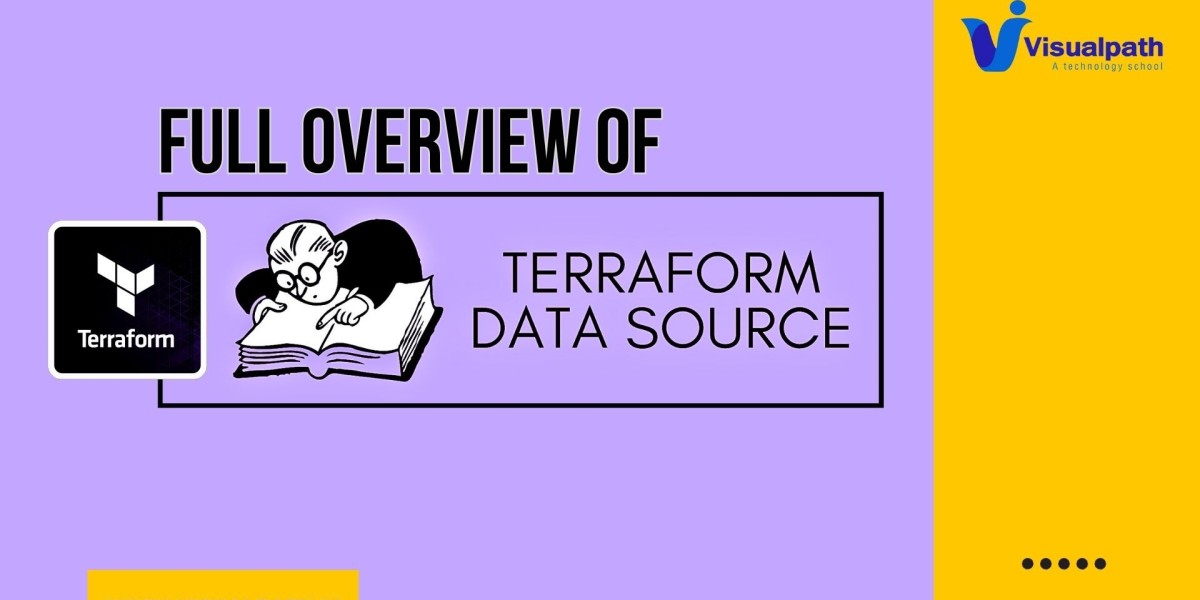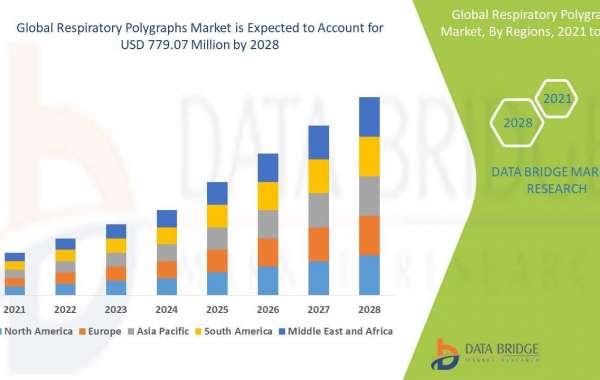Data Sources in Terraform a full overview | 2024
Data Sources in Terraform
Data sources in Terraform are used to query and reference information that exists outside of your Terraform configuration. They allow you to incorporate external information into your Terraform-managed infrastructure, ensuring your configurations are dynamic and up-to-date with the current state of external systems. Terraform Automation Online Training
Purpose of Data Sources
1. Referencing Existing Resources: Utilize existing infrastructure components that are not managed by Terraform.
2. Fetching External Information: Retrieve data from external services or other configurations.
3. Ensuring Consistency: Maintain up-to-date configurations that reflect changes in external resources or systems.
Structure of a Data Source
A data source in Terraform typically includes:
- data Block: Declares the data source.
- Resource Type: Specifies the type of resource to query.
- Configuration Arguments: Provides necessary details to locate the resource. Terraform Automation in Azure Online Training
- Output Attributes: Attributes of the data source to use in your configuration.
Examples of Data Sources
Example 1: Fetching an AWS VPC
Use Case: Retrieve details about an existing AWS VPC to use its ID in your Terraform configuration.
- Concept: Query the existing VPC by specifying its name or tag to get its ID.
Explanation: You may need to create new subnets, security groups, or instances within an existing VPC. Using a data source to fetch the VPC ID ensures your configuration remains accurate and up-to-date.
Example 2: Querying an AWS AMI
Use Case: Fetch the latest Amazon Machine Image (AMI) ID for a specific operating system.
- Concept: Use filters like name and owner to dynamically retrieve the most recent AMI ID.
Explanation: Hardcoding AMI IDs can lead to outdated configurations. By using a data source to fetch the latest AMI, you ensure that your EC2 instances are always launched with the most current image.
Example 3: Accessing Azure Resource Group
Use Case: Obtain information about an existing Azure Resource Group.
- Concept: Query the resource group to use its details, such as name and location, in your configuration. Terraform Online Training
Explanation: Referencing an existing resource group helps maintain consistency and avoid duplication of information across your configurations.
Example 4: Retrieving Google Cloud Project Details
Use Case: Access details about a Google Cloud project.
- Concept: Fetch project information like ID and number to use in other resources.
Explanation: This ensures that project-related configurations are consistent and up-to-date without hardcoding project details.
Benefits of Using Data Sources
1. Reusability: Reuse existing infrastructure components, reducing duplication.
2. Dynamic Configuration: Query up-to-date information to keep configurations current with external changes.
3. Simplified Management: Simplify dependency management between Terraform configurations and external resources.
Summary
Data sources in Terraform provide a powerful mechanism for integrating external information into your infrastructure-as-code setup. They allow for the dynamic retrieval of data, ensuring your configurations are flexible, maintainable, and always in sync with the latest state of external systems. By leveraging data sources, you can create more robust and adaptable Terraform configurations. Terraform Automation in Azure Cloud Training
Visualpath is the Best Software Online Training Institute in Hyderabad. Avail complete Terraform Automation in Azure Online Training worldwide. You will get the best course at an affordable cost.
Attend Free Demo
Call on - +91-9989971070.
WhatsApp: https://www.whatsapp.com/catalog/919989971070
Blog Visit: https://visualpathblogs.com/
Visit https://www.visualpath.in/terraform-online-training-in-hyderabad.html










